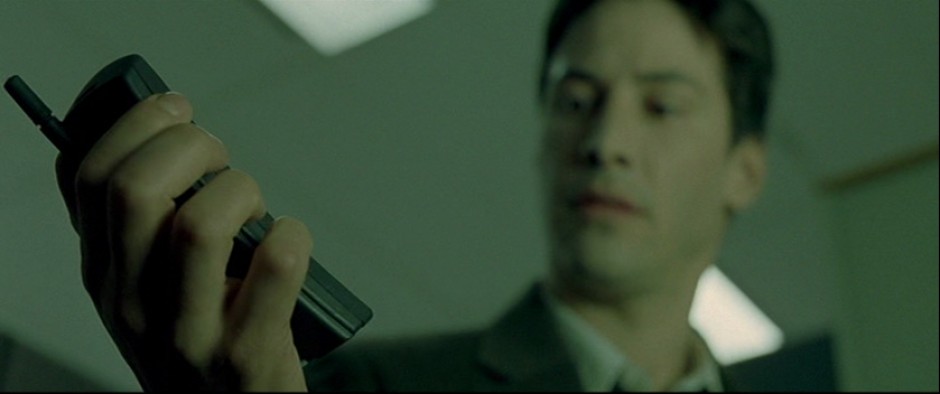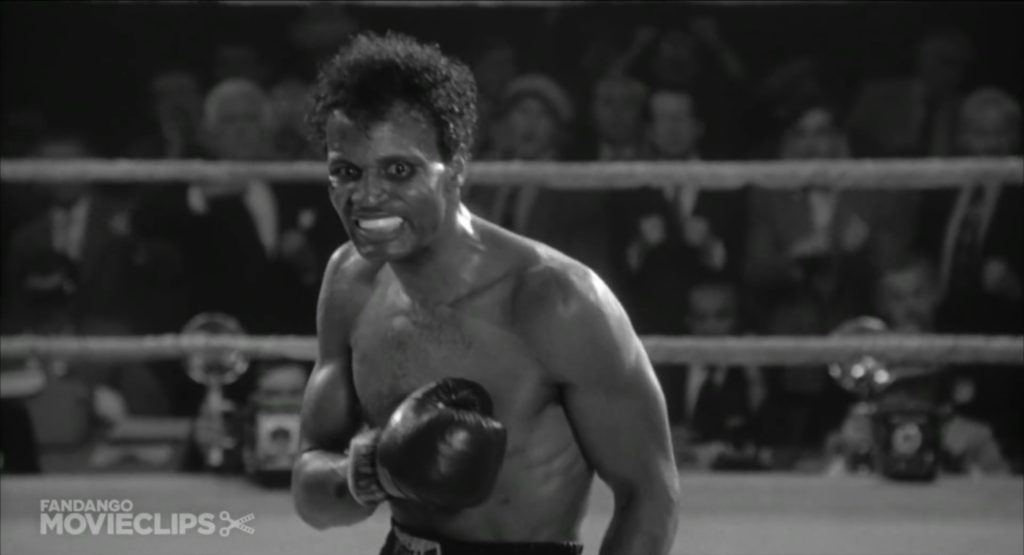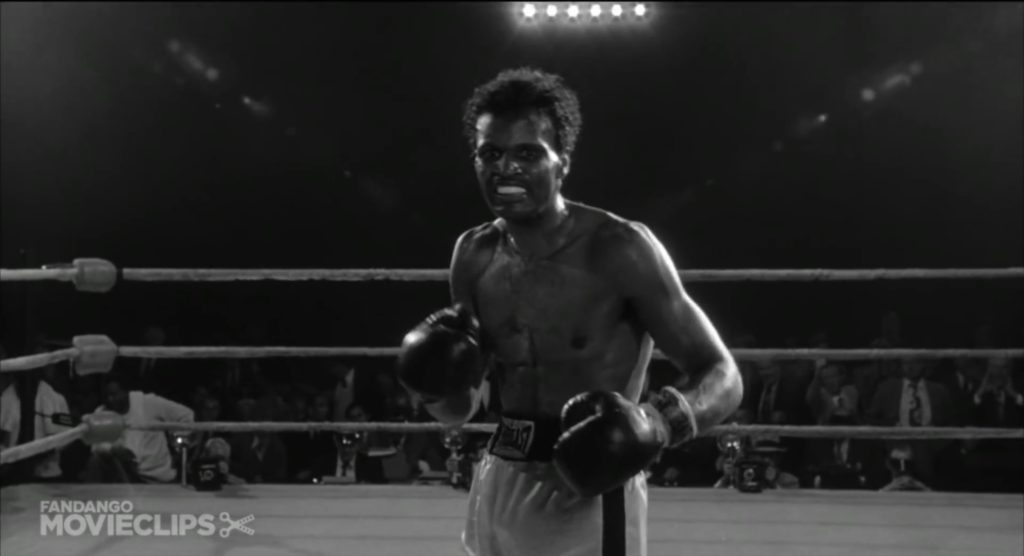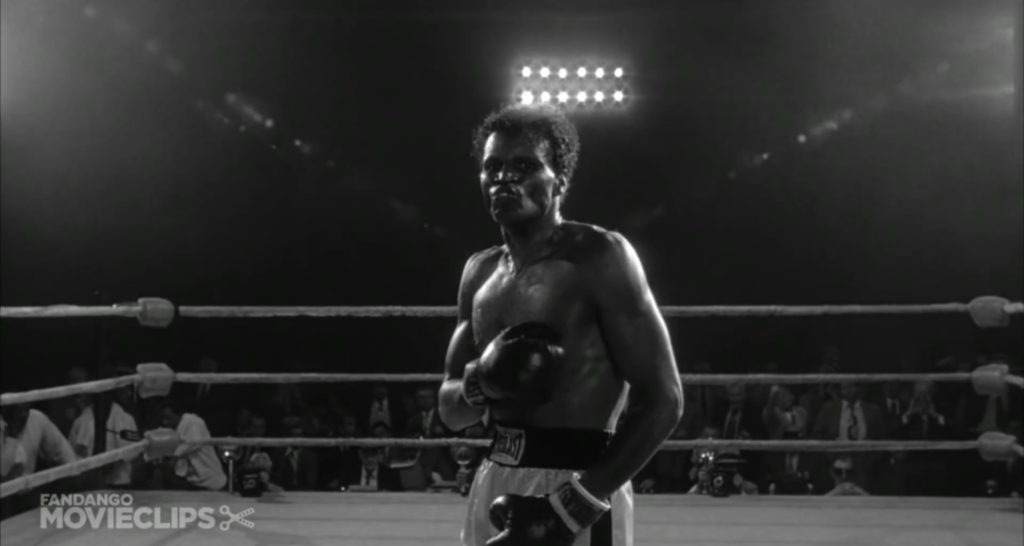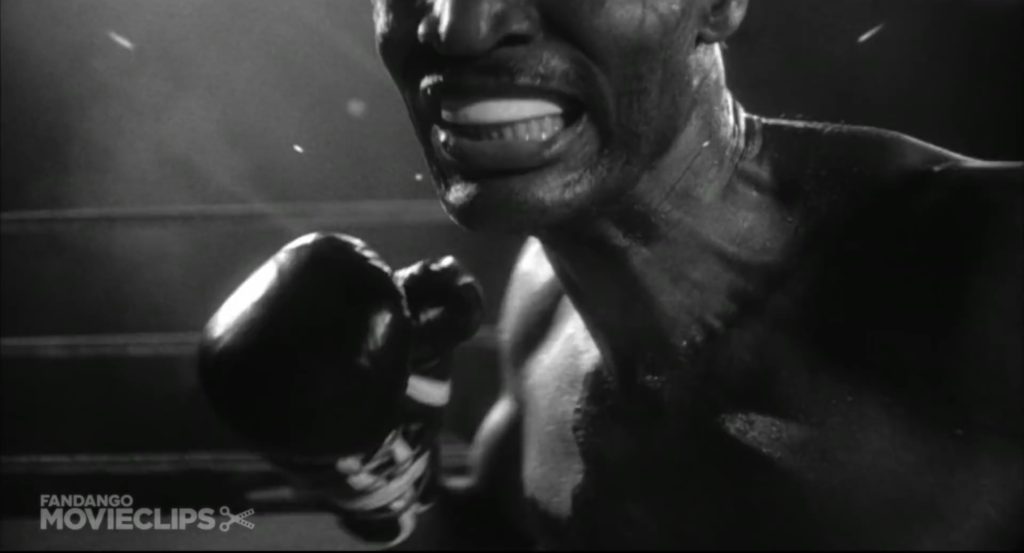- Diegetic perspective or “gaze” is expressed in terms of how the audience is being asked to look at the content or subjects on screen by the director e.g. what is being emphasised through the use of close up?
- The intra-deiegetic gaze is when the audience are put in the place of a character and being asked to see things from their viewpoint e.g. through the use of subjective camerawork in films like Cloverfield.
- The extra-diegetic gaze is when someone on screen addresses the audience directly by looking directly down the lens of the camera– sometimes known as “breaking the 4th wall”. Not to be confused with the above when the audience are being asked to the “perspective” of another character.
An example of a diegetic scene from film is any omniscient camera angle
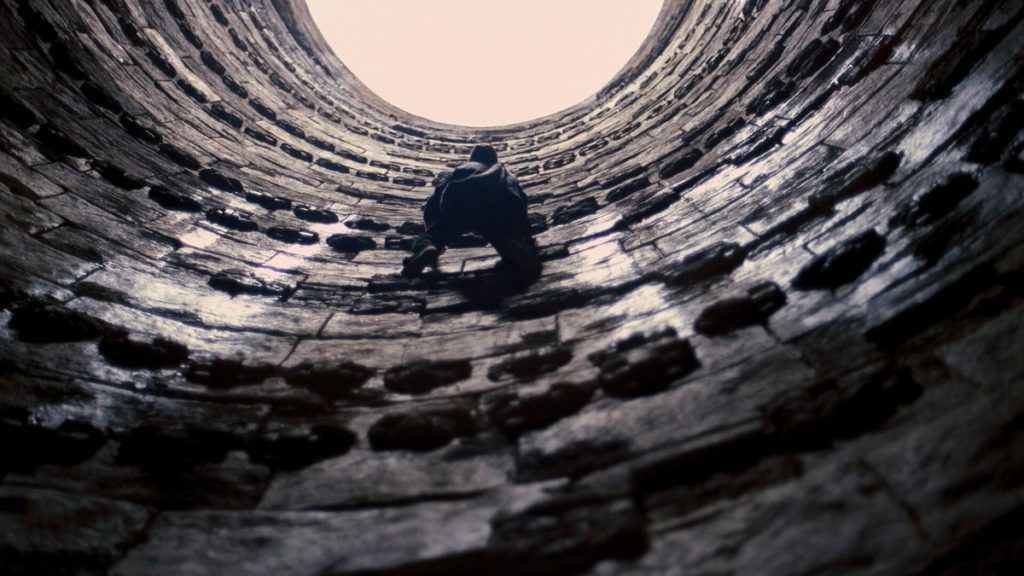
an example of intra-diegetic is the opening scene in the original Halloween. the camera follows the peraspective of a young micheal myers, the camera moves through the house and tension mounts throughout the scene until Myers finally commits his first murder.
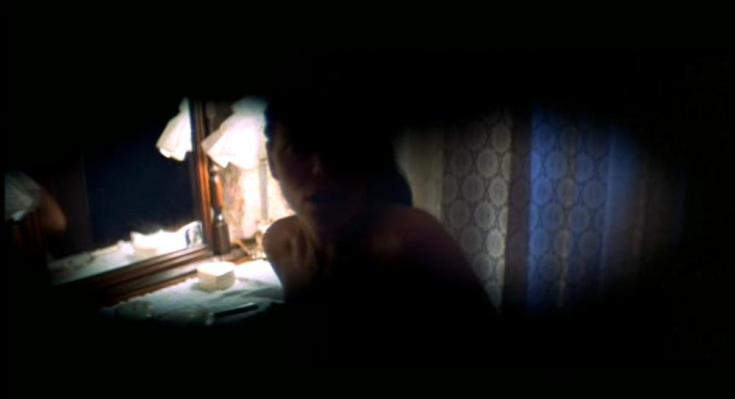
An example of extra-diegetic is from Fight Club in which Edward Norton’s character addresses the audience directly on a number of occasions.
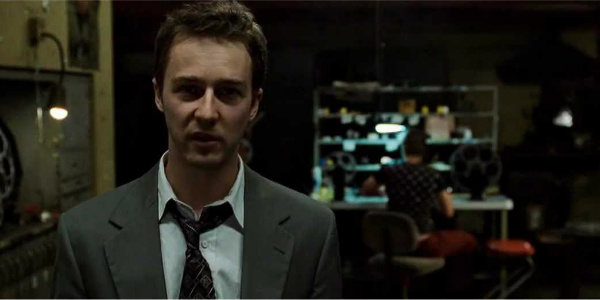
Shot Distances, Camera Angles and Camera movements
Raging Bull has one of the best shots and scenes in cinema of all time. At a low point in his life in one of his final fights la Motta practically begs for punishment and just before he gets what he asks for the film slows. It exhales. It coils itself up quietly, and first we get this medium shot (image 2), and then we get this one (image 4), and here, everything shifts. the crowd goes quiet. recedes into the darkness. Robinson looms closer, the lighting intensifies. we hold our breath, and then the pot boils over and it explodes. this shot is absolutely terrifying, utterly effecting, we feel a shift come over the film as if it comes over the imagery and know that something is coming. and whats particularly amazing about it as a medium shot is that Scorsese engages in that dynamic between person and environment. he is actively and conspicuously playing with the relationship between them and he does that with a camera movement, a dolly zoom.
You might be familiar with the dolly zoom from Jaws and Vertigo. It involves changing the focal length of the lens by zooming while moving the camera to keep the subject in the frame at the same scale. The result of moving in while zooming out is that the background changes with respect to the subject and by doing this in a medium, Scorsese creates a perfect relational shot. We can see Robinson’s position, the physicality necessary for fighting, and most of all his expression. however, we can also see the ring around them as it becomes cavernous and vast and hollow and utterly barren. The men are alone out there, swallowed up by the ring and we can see how they feel about it, or in this case, how they feel in spite of it, all rage and hate and loathing and violence surrounded by an uncaring void, The moment has almost teleported them to their own plane. In a closeup this shot would lose its context it’s intentional sense of distance from the world outside the ring. In a long, we would lose the emotion, the detail of their faces, the powerful and potent twisted humanity which is why this is an incredible example of a medium shot.
Depth of Field
The area in front of the camera that appears sharp in the frame is called depth of field. Depth of Field is defined as the range of acceptable focus on a shot or photograph. Deep depth of field, on the other hand, is the kind in which the entire frame, from the foreground to the background, is sharp or in focus.
